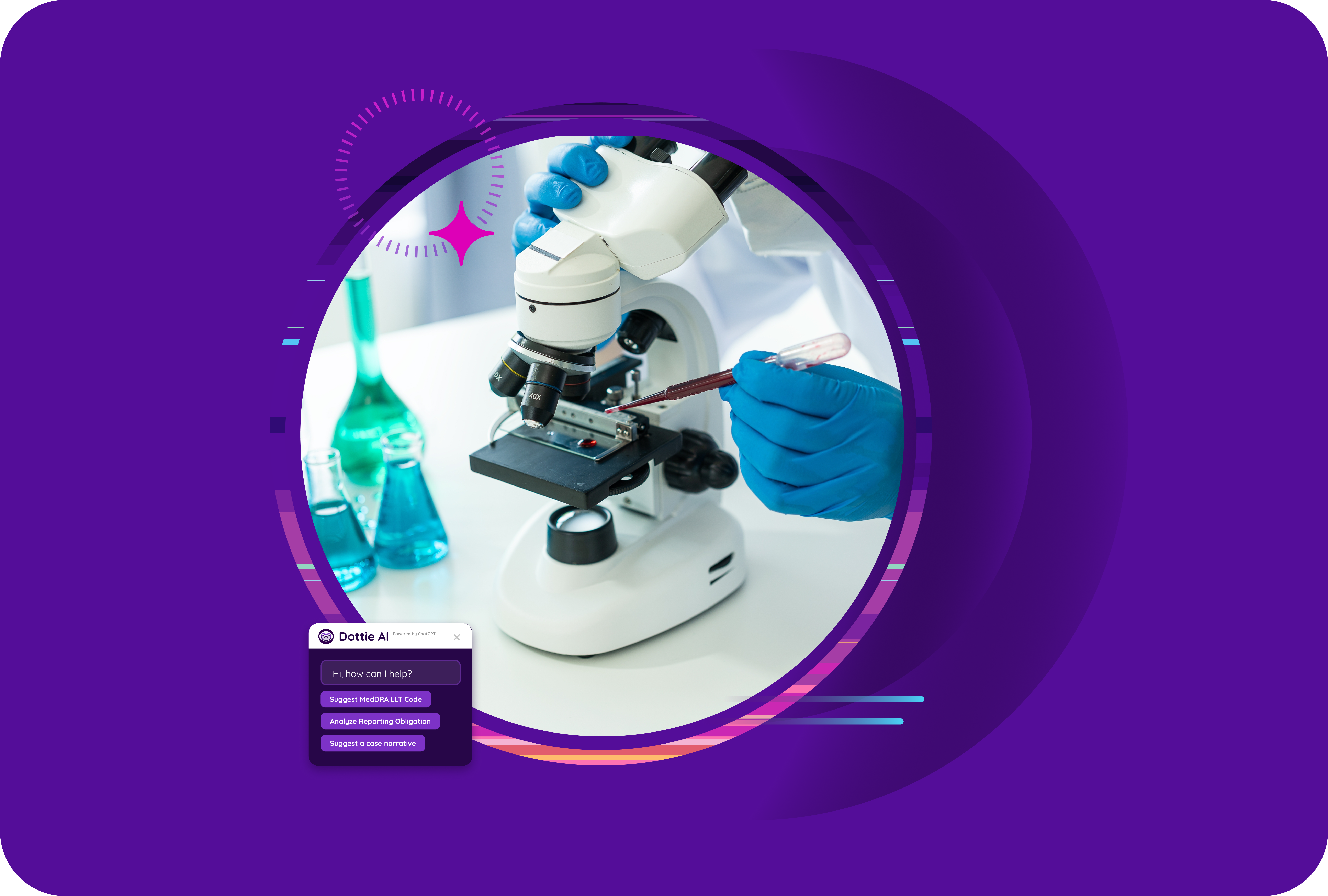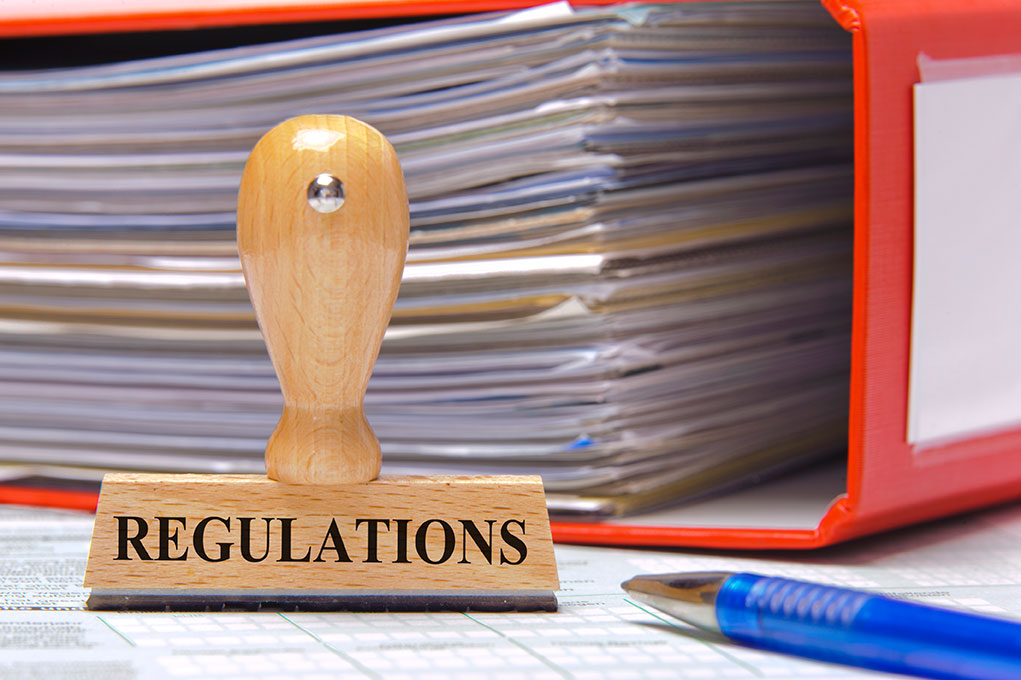
Medical device verification is a critical process that ensures medical products meet their intended use, quality requirements, and safety standards before reaching the market. In an industry where patient safety is the highest priority, verification acts as a safeguard, thoroughly examining the device’s design, materials, manufacturing processes, and performance. This process ensures that devices function as intended and can withstand real-world use, protecting both patients and healthcare providers from potential risks.
Beyond functionality, verification plays a key role in regulatory compliance, brand reputation, and market success. Meeting the strict requirements of regulatory bodies such as the FDA, EMA, and Health Canada is essential for market approval and avoiding costly recalls or legal issues.
In this blog post, we’ll explore the various aspects of medical device verification, including its importance, the key components involved, and the methods used. We’ll also cover the relevant standards and regulations, along with the challenges manufacturers face and best practices to overcome them, highlighting why verification is indispensable for ensuring the safety and effectiveness of medical devices.
Understanding the Importance of Verification
The significance of medical device verification cannot be overstated. It directly impacts:
- Patient Safety: Ensuring that devices are safe and effective for their intended use is critical. Verification plays a pivotal role in identifying and mitigating potential risks to patients.
- Regulatory Compliance: Compliance with strict regulatory requirements, such as FDA, EMA, and Health Canada, is essential for market approval and continued distribution. Verification ensures that devices meet these standards.
- Brand Reputation: A verified medical device contributes to a positive brand image, demonstrating a commitment to quality and patient safety.
- Market Success: Devices that have undergone rigorous verification are more likely to gain market acceptance and achieve commercial success.
Key Components of Medical Device Verification
Medical device verification involves a comprehensive process that ensures every aspect of a device, from design to post-market servicing, meets safety, effectiveness, and quality standards. Let’s take a look at the critical components of this process.
Design Verification
This involves confirming that the device’s design meets the specified requirements and intended use. It includes:
- Design Reviews: Thorough evaluation of the design to identify potential issues and ensure compliance with standards.
- Risk Assessments: Identifying and assessing potential hazards associated with the device to implement appropriate risk mitigation measures.
- Prototype Testing: Testing prototypes under simulated conditions to evaluate performance, safety, and functionality.
- Simulation Studies: Using computer-aided simulation to analyze device behavior and identify potential design flaws.
- Usability Testing: Evaluating the device’s ease of use and user interface to ensure it is intuitive and safe for users.
- Compatibility Testing: Ensuring the device is compatible with other medical equipment or systems it may interact with.
Manufacturing Verification
Ensuring that the manufacturing process can consistently produce devices that meet the design specifications. This involves:
- Process Validation: Confirming that the manufacturing processes are capable of producing devices that meet quality requirements.
- Material Verification: Ensuring that the materials used in the device meet the specified standards and are suitable for their intended use.
- Production Equipment Qualification: Verifying that production equipment is capable of producing devices that meet quality requirements.
- In-Process Inspection: Conducting inspections at various stages of the manufacturing process to ensure quality and compliance.
- Supplier Qualification: Ensuring that suppliers of components and materials meet quality standards.
- Statistical Process Control (SPC): Using statistical methods to monitor and control manufacturing processes to prevent defects.
Installation and Servicing Verification
Confirming that the device can be installed, operated, and serviced correctly. This includes:
- Installation Instructions: Providing clear and concise instructions for proper installation.
- User Manuals: Developing comprehensive user manuals that guide users on safe and effective operation.
- Service Manuals: Providing detailed service manuals for maintenance, repair, and troubleshooting.
- Training Materials: Developing training materials to ensure that healthcare professionals are adequately trained on device use and maintenance.
- Field Safety Corrective Actions (FSCAs): Investigating and addressing any safety issues that arise after the device is on the market.
Verification Methods and Tools
Ensuring that a medical device meets all necessary safety, performance, and regulatory standards requires the use of various verification methods and tools. These methods provide a structured approach to thoroughly evaluate every aspect of the device, from functionality to environmental compatibility. Below, we outline the key methods and tools used in the verification process.
- Testing: Conducting various tests to evaluate device performance, safety, and reliability, including:
- Functional Testing: Assessing the device’s ability to perform its intended functions.
- Performance Testing: Evaluating the device’s performance under different conditions.
- Safety Testing: Assessing the device’s safety, including biocompatibility and electrical safety.
- Reliability Testing: Assessing the device’s ability to perform as intended over time.
- Environmental Testing: Assessing the device’s performance under various environmental conditions, such as temperature, humidity, and pressure.
- Compatibility Testing: Ensuring the device is compatible with other medical equipment or systems it may interact with.
- Inspection: Conducting visual examinations, dimensional measurements, and functional testing to ensure compliance with specifications.
- Documentation: Maintaining detailed documentation of all verification activities to provide a traceable record.
- Statistical Analysis: Using statistical methods to analyze data and assess device performance.
- Simulation: Employing computer-aided simulation to model device behavior and identify potential issues.
- Risk Assessment: Identifying and assessing potential hazards associated with the device to implement appropriate risk mitigation measures.
Medical Device Verification Standards
Compliance with medical device standards is crucial for ensuring that medical devices meet global quality and safety requirements.
Key standards and regulations include:
- ISO 13485: The international standard for quality management systems for medical devices, providing a framework for verification activities.
- FDA 21 CFR Part 820: The U.S. FDA’s Quality System Regulation, outlining requirements for medical device manufacturers, including verification.
- EU Medical Device Regulations (MDR): Regulations setting out requirements for medical devices placed on the European market, including verification.
- Health Canada Medical Devices Regulations: Regulations governing medical devices in Canada, including verification requirements.
Overcoming Challenges with Strategic Best Practices
Successfully verifying medical devices involves navigating a variety of challenges, from the complexity of the devices themselves to the evolving regulatory landscape. Below are key challenges manufacturers face and best practices to overcome them, ensuring a thorough and efficient verification process.
- Complexity: Medical devices can be highly complex, making verification challenging.
- Regulatory Changes: Keeping up with evolving regulatory requirements can be difficult.
- Time and Cost: Verification can be time-consuming and expensive.
- Collaboration: Effective collaboration among different departments is essential for successful verification.
- Risk-Based Approach: A risk-based approach can help prioritize verification activities and allocate resources effectively.
- Continuous Improvement: Implementing a continuous improvement process to identify and address areas for improvement in verification activities.
- Outsourcing: Consider outsourcing verification activities to specialized organizations if internal resources are limited.
Verification Is Vital in Medical Device Safety
By understanding the key components, methods, and standards of medical device verification, manufacturers can ensure that their devices meet the highest quality and safety standards, ultimately benefiting patients and healthcare providers. Rigorous verification processes not only protect patients from harm but also enhance the reputation of the manufacturer and contribute to the overall safety and effectiveness of healthcare.
By adhering to industry standards and regulations, manufacturers demonstrate their commitment to patient safety and compliance, fostering trust and confidence among healthcare professionals and consumers. Moreover, well-verified medical devices are more likely to gain market approval and achieve commercial success, ultimately leading to improved patient outcomes and advancements in medical technology.
Let’s talk more about medical device verification and how an electronic quality management system (eQMS) can help. Get in touch with one of our experts for a conversation and a demo today.


